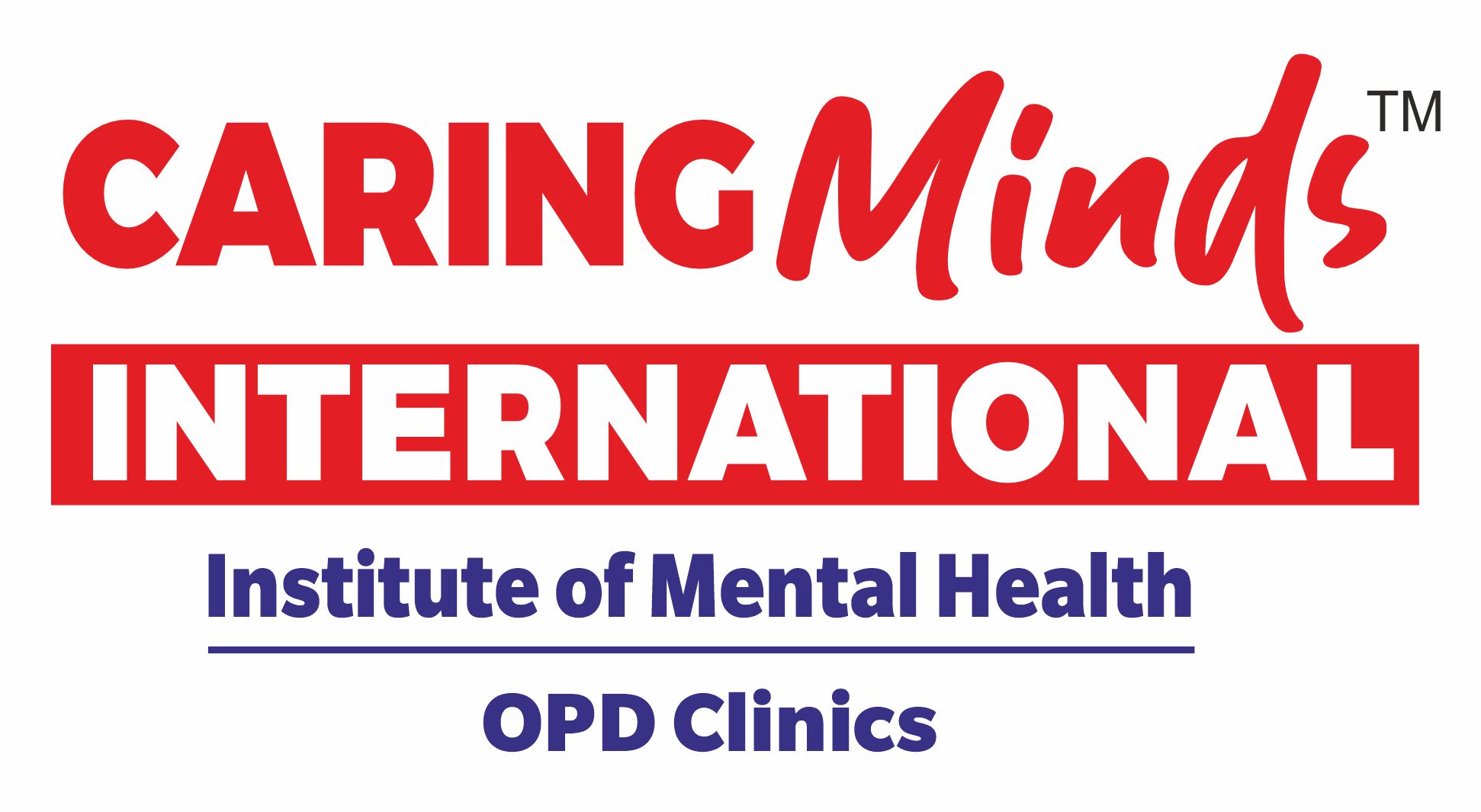Payal is a 50 year old Bengali lady who stays with her husband and a daughter. She has disturbing thoughts about any random person dying; she sees someone or remembers a name of a person and thinks that he/she might die. Her thoughts have been reinforced by coincidence. She feels anxious and guilty of the situations and remains fearful. She becomes terrified whenever a hearse car passes by her house. Her muscles contract and head aches when these thoughts come. She washes her hand repeatedly and bathes for a long time to get rid of the terrifying thoughts but they are only for a short time. The thoughts come back soon. Compulsive praying gestures are also present. She repeatedly calls or sends messages to her daughter and nephew to check on them. She becomes restless whenever her husband goes out of town for office tours. She gets irritated easily and shouts and throws household things. She has suicidal thoughts. She lacks self confidence. Self muttering is present. Sleep is disturbed.
These are the symptoms of Obsessive Compulsive Disorder (OCD).
We all have habits. Some habits come from being worried or unsure. You might have to double-check the front door is locked when you leave the house. You might always cross your fingers for good luck. For people, like Payal, who suffer from OCD, these habits take over. They can badly upset a person’s day-to-day life.
OCD can be broken into two parts, Obsessions and Compulsions. Obsessions are thoughts or images that are out of our control. They come into the mind when we don’t want them to. They can be upsetting and hard to stop. Lots of things can set them off. By and large, obsessions come from feeling unsure or scared. They can cause a lot of worry. People can feel trapped by the thoughts running through their mind. Some of the common obsessions are with germs, dirt, doubt, order, symmetry, repugnant sexual thoughts, repugnant religious thoughts, repugnant and violent images, fear of forgetting and fear that a mistake will harm a loved one. Compulsions are the things that people do to ‘correct’ or ‘put right’ obsessions. Often, compulsions don’t make much sense. People will do the same thing over and over again. This way of coping can make you feel in control. It can make you feel better, but only for a short time. Compulsions don’t have to be actions. They can also be mental acts like counting. Or, people might try to swap a bad mental picture with a good one. Some of the common compulsions are washing, cleaning, checking, avoiding things, asking for comfort from others and thinking “good” thoughts.
From time to time, obsessions come from fears we all have. There could be a very small chance that the worry will happen. You might worry that your house will catch fire. You might worry about someone you love dying. These are common worries. They become a problem when you find you worry about them too much. You can’t stop even when you try hard to. Worrying too much can be a sign of other problems. With OCD, people try to control their worry. They think they can do this by carrying out compulsions – really it just feeds the problem.
According to National Health Portal, in India lifetime prevalence of OCD in the general population is 2-3%, which means 2-3 persons in every hundred persons have OCD in their lifetime. It affects men and women equally.
Most people that suffer from OCD know what they are doing is not helpful. This can make them feel stuck. They might feel guilty or angry. It is also common for people with OCD to feel down. We can understand what keeps OCD going if we think about a vicious circle
Someone with OCD will have obsessive or unpleasant thoughts. These thoughts upset them. They make them feel anxious and tense. To feel better they carry out ‘habits’ or compulsions that will make them feel more in control. But, they don’t feel good for long. Gloomy thoughts like “I must be a terrible person for thinking like this” or “Nothing works, I’ll never be able to control this” go through their head. This means the obsessions are more likely to come back.
When you suffer from OCD you are trapped in a circle of thoughts. You can feel hopeless. The thoughts are linked to an emotion. This means they are very hard to control. If something worries or upsets you, it will pop into your head more often. It isn’t easy to stop the thoughts. If you try, they are often more likely to stick in your head.
People with OCD avoid things that upset them. This can seem like common sense. But, when you avoid a worrying situation it only makes your fears and doubts stronger. Face the fear. This is the only way to learn that it is not as bad as you think. Another common way of coping is to look for reassurance from friends or family. You might ask them to tell you that everything is OK. It is easy to rely on others to make you feel better or to keep you straight. This comfort doesn’t make the worry go away in the long term. It really makes your worry stronger. Facing something for yourself is the only way to learn. It will never be as bad as you imagine. Facing it will help you to feel like you can cope. It will help fight the obsession.
The symptoms in your body are the most obvious sign that you feel anxious because of your OCD. If you can learn to control your body, it will be much easier to tackle the vicious circle. Lots of things happen in your body when you feel afraid. You might feel restless and worked up. You might have a tight feeling in your chest or a racing heart. You might feel sick or faint. You will likely feel sweaty and have ‘jelly legs’. There are lots of other unpleasant symptoms. All of these feelings make you more afraid. This makes it harder to cope. You can use relaxation to fight this reaction in your body.
There are currently two effective treatments available for OCD that may be used separately or together. One is drug treatment, with medication that increases the availability of serotonin in the brain; the other involves the use of cognitive behavior therapy. They are both effective, however, some sufferers who find behavior therapy too difficult initially may benefit from a course of medication so that effective behavior therapy can be undertaken.
The medications that have been found to be particularly helpful in the treatment of OCD have specific effects on serotonin levels in the brain. Serotonin is the biochemical substance that some researchers believe is involved in OCD. In general, these medications have been shown to be effective for some OCD sufferers and assist them in bringing their symptoms under control.
Cognitive Behavior Therapy (CBT) makes use of two evidence-based behavior techniques, Cognitive Therapy (C) that looks at how we think, and Behavior Therapy (B) which looks at how this affects what we do. In treatment we consider other ways of thinking (C), and how this would affect the way we behave (B). Exposure and Response Prevention therapy (ERP) is used as part of the behavioral approach to help explore alternative ways to respond to the obsessional thoughts or doubts.
The aim of CBT is not about learning not to have these thoughts in the first place, because intrusive thoughts cannot be avoided. Instead it is about helping a person with OCD to identify and modify their patterns of thought that cause the anxiety, distress and compulsive behaviors. In CBT the person with OCD will explore alternative meanings or beliefs about the intrusive thoughts and rituals in all their guises (for example washing, checking, writing lists, tapping, touching, repeating, cleaning, trying to get a ‘just right’ feeling, praying) and will learn what it is that ultimately keeps alive the meanings they attach to such thoughts and rituals.
During a course of CBT, the sufferer might be asked to try ‘behavioral experiments’ to find out what happens when they don’t check. ERP involves being exposed to whatever it is that makes a person feel anxious, without checking or carrying out other rituals. Facing up to a situation helps you to challenge the fears and doubts you have about it. Each time you do this, you will become more sure of yourself. You will learn better ways to cope with the way you feel.
Learning to control your breathing and relaxing will help you to cope better. Concentrate only on breathing and on “relax” in the mind’s eye. Use slow normal breathing (10-12 breaths a minute). Breathe in through your nose. Purse your lips and breathe out slowly through your mouth. Practice this breathing technique and use it to help you relax when you feel anxious.
Obsessive Compulsive Disorder – Sucheta Sanyal











